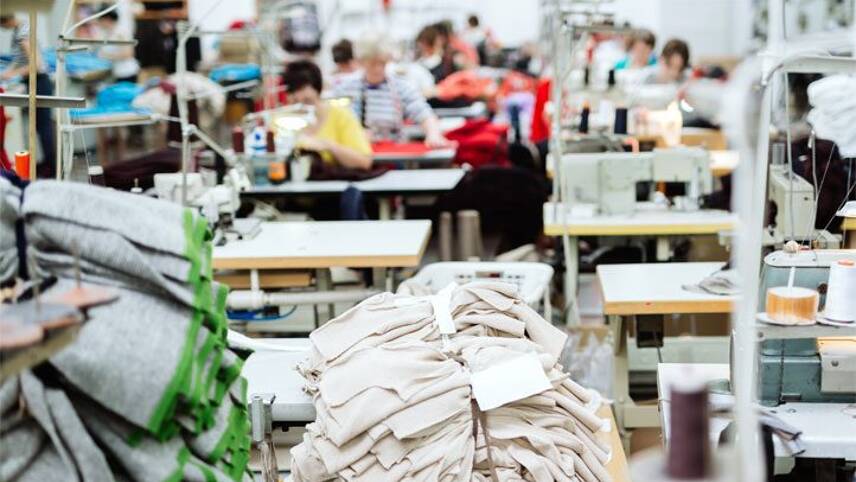This premium content is exclusive to edie Members.
To find out more about edie Membership, please click below.
If you are an existing member, login here

At a glance
Who: TrusTrace, leading the initiative
What: Pilot project for the Digital Product Passport (DPP)
Where: European textiles market
Why: Encourage sustainability and circularity
When: By 2030
The Challenge
According to a report from the United Nations Economic Commission for Europe, textile production is responsible for 10% of global carbon emissions and heavily relies on natural resources and water.
The textile industry faces the challenge of making its production processes more sustainable and transparent. Achieving these goals while complying with evolving regulations is a complex task that requires innovative solutions.
The Solution
TrusTrace, leveraging its expertise in supply chain mapping, will develop and test a DPP solution. The Trace4Value DPP pilot is based on global standards for seamless data sharing.
How the Project Works
This pilot project involves the application of digital tagging to garments during the production phase, using a digital carrier that links to specific product data, thereby generating a unique product ID. The digital product passport is designed to house crucial supply chain and transparency data, ensuring accessibility to consumers, brands, and authorities from the point of sale. This use case will be tested on selected items within the product lines of both Kappahl and Marimekko.
The primary objective of the passport is to capture and retain pertinent product information, aligning with the initial phase of the digital product passport, as viewed from the perspectives of authorities, the EU, brands, and consumers.
Furthermore, the passport aims to facilitate distinctive product identification and seamless data sharing among various stakeholders by adhering to established standards and leveraging developments from ongoing global projects and initiatives.
This project aligns with the EU Strategy for Sustainable and Circular Textiles, which envisions mandatory DPPs on textiles sold in Europe by 2030. The overarching goal of the DPP is to promote sustainable production, facilitate the transition to a circular economy, and empower consumers to make more sustainable choices.
Partial funding for the project is provided by Vinnova, and the project’s coordination is overseen by the Research Institute of Sweden (RISE). The partners working on the DPP project include TrusTrace, Marimekko, Kappahl, Elis, SIS Swedish Institute for Standards, GS1 Sweden, TEXroad Foundation, Circularista, 2bPolicy, Trimco Group, Rudholm and Haak, and Aalto University.
Results
The project anticipates delivering enhanced transparency and traceability in the textile industry, fostering responsible consumer choices and sustainable practices.
Business Benefits
Participating brands will benefit from the project by enhancing product transparency and traceability, enabling improved consumer communication and future product design enhancements.
Additionally, they will ensure compliance with current and forthcoming regulations while taking significant strides towards establishing circular material flows by laying the foundation for information sharing within a circular value chain.
Investment/Savings
The financial return on investment is not available, but it promises considerable long-term savings through reduced waste and enhanced product lifecycles.
Industry Context
As stated above, textile production accounts for 10% of global carbon emissions and places significant strain on natural resources and water. Furthermore, textiles represent the largest contributor to microplastic pollution, comprising 35% of ocean microplastics, according to a report by the International Union for Conservation of Nature.
Adding to the complexity, textile production witnessed a doubling between 2000 and 2015, and projections indicate a further 63% increase by 2030. Concurrently, the EU discards an average of 11 kg of clothing per person annually.
In light of these challenges and trends, the textile industry is now confronted with the imperative to transform its production processes to become more sustainable and reduce its environmental impact.
© Faversham House Ltd 2024 edie news articles may be copied or forwarded for individual use only. No other reproduction or distribution is permitted without prior written consent.

